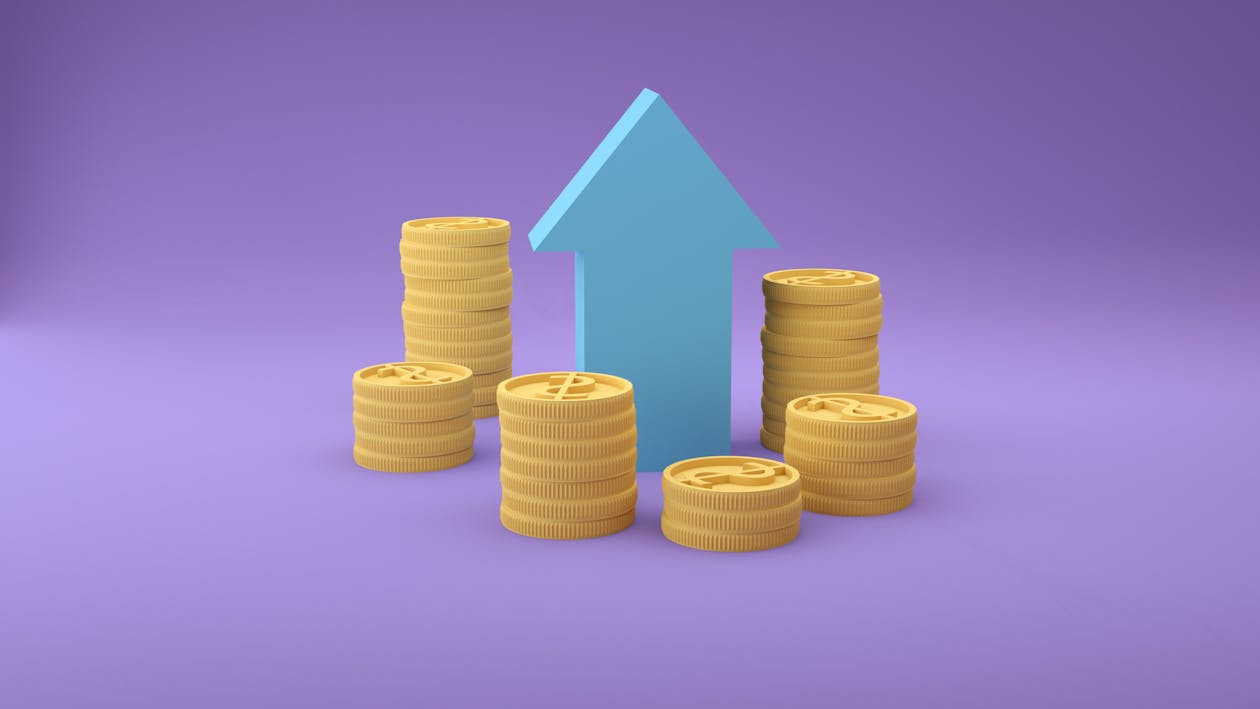Landlord Blog
Education and news for smart DIY landlords!
How to Save for a Down Payment for a House

Saving for a down payment is one of the biggest hurdles many people face when trying to buy a home. With rising home prices and everyday expenses, setting aside thousands of dollars may seem overwhelming. However, with the right strategies, planning, and discipline, building up your down payment fund is entirely achievable. Here are key steps to help you reach your homeownership goals.
1. Set a Realistic Goal
The first step is determining how much you need. Most conventional loans require a down payment of 10% to 20% of the home’s purchase price, though some government-backed loans (like FHA or VA loans) allow lower down payments. For example, if you're aiming to buy a $300,000 home, a 20% down payment would be $60,000.
However, you don’t always need to put down the full 20%. Many buyers put down less, but keep in mind that lower down payments can lead to higher monthly payments and private mortgage insurance (PMI) costs.
Discover: The Hidden Costs of Homeownership: What Buyers Often Overlook
2. Create a Dedicated Savings Account
Open a separate savings account specifically for your down payment. Keeping it separate from your regular checking account helps prevent accidental spending and gives you a clear picture of your progress. Look for high-yield savings accounts that offer better interest rates to help your money grow faster.
3. Budget and Track Your Spending

Saving for a down payment requires you to take a close look at your finances. Create a monthly budget that tracks your income, bills, and discretionary spending. Identify areas where you can cut back, such as dining out, streaming services, or unnecessary shopping. Redirect those savings into your down payment fund.
4. Automate Your Savings
Make saving a habit by automating regular transfers to your down payment account. Treat it like a recurring bill. For example, you can set up a monthly or biweekly transfer that aligns with your payday. Even small amounts add up over time and reduce the temptation to skip saving.
Read more: 8 Savvy Ways to Save Money for a House This Year
5. Boost Your Income

If cutting expenses isn’t enough, consider ways to increase your income. This could mean taking on a part-time job, freelancing, selling unused items, or monetizing a hobby. Any extra income should go directly into your down payment savings to speed up the process.
6. Use Windfalls Wisely
Tax refunds, work bonuses, cash gifts, or stimulus payments can all make a big difference. Instead of spending them, deposit windfalls directly into your savings account. These occasional boosts can bring you closer to your goal much faster than monthly contributions alone.
7. Explore First-Time Buyer Assistance Programs
Many states and local governments offer down payment assistance programs for first-time homebuyers. These may come in the form of grants, low-interest loans, or forgivable loans. Research available options in your area and see if you qualify.
Read more: What First-Time Homebuyers Need to Know
Conclusion
Saving for a down payment requires time, planning, and discipline—but it’s one of the smartest financial moves you can make toward owning a home. By setting a goal, budgeting carefully, automating your savings, and looking for ways to increase income, you can build your down payment step by step. With consistency and patience, homeownership will become more than just a dream—it will become your reality.
